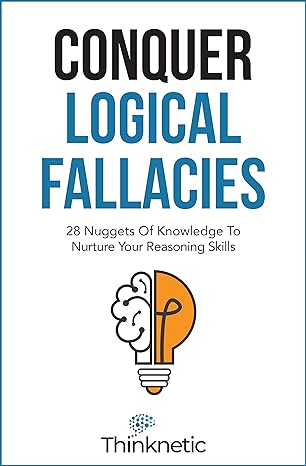Description
If you doubt your decision making skills, then this will be the most important message you ever read.
Why do employers judge candidates on the first impression they make, even though they know it’s wrong and often misleading?
Why do people smoke, drink to excess, and eat things they know are bad for them?
How do normally intelligent people wind up believing fake news stories?
To find out, let’s take a trip back in time to Victorian England.
A famous story from the Victorian days is that women had to wear corsets. It’s debated how commonplace corsets actually were, but they squeezed a woman’s body like a snake—making the waist look smaller.
Corsets worked—but they were so tight, they caused internal damage to women. They also caused a woman’s lower back to atrophy. In fact, corsets were so restricting that women often fainted wearing them!
But here’s the kicker . . .
Fainting from wearing a corset was actually considered to be a good thing! It was thought to be a sign of good breeding.
Or so the story goes.
Historians debate how often corsets were actually used. But they’re a testament to the power of a cognitive fallacy. Poor reasoning, inability to tell facts from fiction, and flawed decision-making cause these kinds of fallacies.
They’re the reason most people never live up to their potential.





Comments